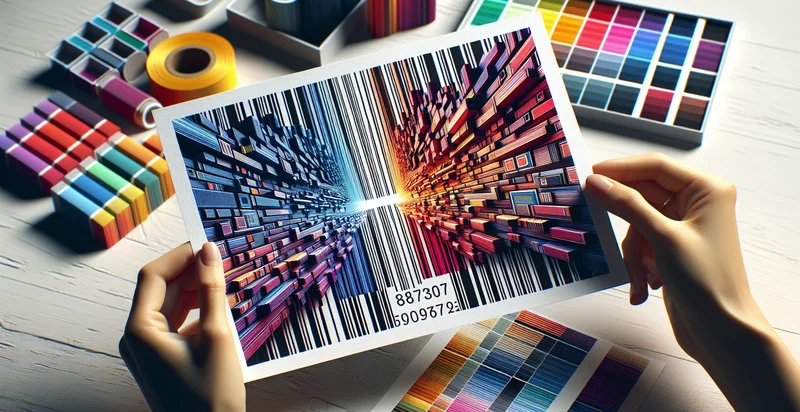Identify edger type
using AI
Below is a free classifier to identify edger type. Just upload your image, and our AI will predict what type of edge it represents - in just seconds.

Contact us for API access
Or, use Nyckel to build highly-accurate custom classifiers in just minutes. No PhD required.
Get started
import nyckel
credentials = nyckel.Credentials("YOUR_CLIENT_ID", "YOUR_CLIENT_SECRET")
nyckel.invoke("edger-type", "your_image_url", credentials)
fetch('https://www.nyckel.com/v1/functions/edger-type/invoke', {
method: 'POST',
headers: {
'Authorization': 'Bearer ' + 'YOUR_BEARER_TOKEN',
'Content-Type': 'application/json',
},
body: JSON.stringify(
{"data": "your_image_url"}
)
})
.then(response => response.json())
.then(data => console.log(data));
curl -X POST \
-H "Content-Type: application/json" \
-H "Authorization: Bearer YOUR_BEARER_TOKEN" \
-d '{"data": "your_image_url"}' \
https://www.nyckel.com/v1/functions/edger-type/invoke
How this classifier works
To start, upload your image. Our AI tool will then predict what type of edge it represents.
This pretrained image model uses a Nyckel-created dataset and has 15 labels, including Adjustable, Battery Powered, Compact, Cordless, Electric, Fixed, Gas Powered, Handheld, Household and Industrial.
We'll also show a confidence score (the higher the number, the more confident the AI model is around what type of edge it represents).
Whether you're just curious or building edger type detection into your application, we hope our classifier proves helpful.
Related Classifiers
Need to identify edger type at scale?
Get API or Zapier access to this classifier for free. It's perfect for:
- Quality Control in Manufacturing: The 'edger type' identifier can be integrated into manufacturing processes to automatically classify the edges of products. This ensures that any defective edges are flagged in real-time, improving overall product quality and reducing waste.
- Graphic Design Optimization: Digital designers can use the identifier to classify edge types in graphic elements, helping to streamline the editing process. By automatically tagging edge characteristics, designers can easily select appropriate tools and techniques for enhancing visuals.
- E-commerce Image Tagging: Online retailers can implement the function to categorize product images based on edge types. This enhances search functionality, allowing customers to filter products by specific design features, improving the overall shopping experience.
- Automated Image Cataloging: In digital asset management, the identifier can be used to automate the categorization of a large volume of images. This simplifies the process of organizing assets and allows for more efficient retrieval based on edge characteristics.
- Augmented Reality Applications: The 'edger type' identifier can be utilized in AR applications to identify and interact with objects based on their edge types. This enhances user experiences by enabling more precise interactions within augmented environments.
- Art Restoration Analysis: Art conservators can apply the identifier to analyze and classify the edges of artwork for restoration work. Understanding the edge types can inform preservation strategies and contribute to more accurate restoration techniques.
- Security Image Surveillance: In security systems, the identifier can be employed to enhance surveillance imagery by classifying edges in detected objects. This increases the accuracy of object detection algorithms, potentially improving incident response times and overall security effectiveness.


